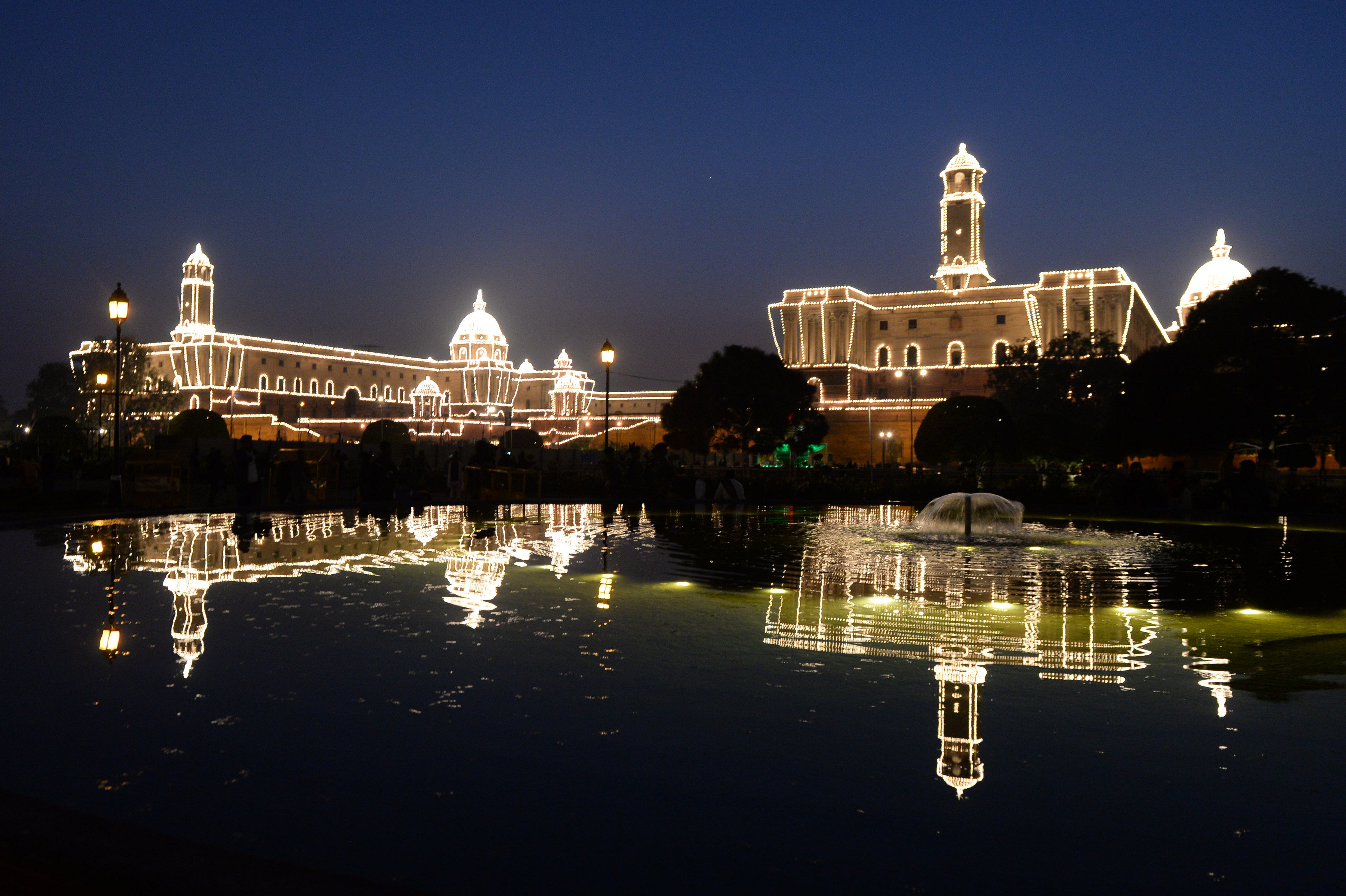
India‘s Supreme Court on Tuesday cleared a controversial renovation plan for central Delhi that includes the erection of a new parliament building, paving the way for the Narendra Modi-led government to start the construction work on an ambitious plan that is estimated to cost over Rs 200bn (£2bn).
Critics had petitioned the apex court of the country to block the project, challenging the redevelopment on the basis of allegedly illegal changes in land use required.
“We hold that there are no infirmities in clearances given or change in land use,” a three-judge bench said in a majority judgement.
Designed by British architects Sir Edwin Lutyens and Herbert Baker following the decision of British Raj to move the capital of the country from Kolkata (then Calcutta) to Delhi in 1911, the central vista has long been home to a grand complex of government buildings.
Under the project, known as the Central Vista plan, the imperial centre of Delhi would be reimagined to build a new parliament house alongside a residential complex for the Prime Minister and vice-president and 10 administrative buildings for all government ministries.
It would also include converting the existing North and South blocks into museums. The 3km (1.8 miles)-long and grassy avenue sweeping down from the Rashtrapati Bhawan or presidential residence to India Gate, where the country celebrates its Republic Day, will also be given a facelift under the plan.
Tuesday’s verdict was not a ringing endorsement of the project, however, with one of the three judges – Justice Sanjeev Khanna – dissenting and calling the project’s use of land “bad in law”.
“There is no intelligible disclosure of public participation and no prior approval of heritage conservation committee,” Justice Khanna said.
Congress, the main national opposition party, slammed the government for pushing ahead with such an expensive project amid a raging coronavirus pandemic. India has recorded at least 10.4m Covid-19 cases, second only to the US.
“It shows the warped, distorted and completely absurd priorities of this government. Bang in the middle of the Covid-19 [pandemic], they are fast-tracking, hot-footing the project,” Abhishek Manu Singhvi, a Congress national spokesperson and member of the upper house of parliament, had said.
Defending the project, the government has argued that the project will ultimately save public funds worth Rs 10bn (£100m) that the government currently spends annually on rent.
It said that the colonial-era Parliament House, opened in 1927, is cramped, does not meet fire safety norms and is not earthquake-proof.
HCP Design Planning and Management, the firm overseeing the project, has also defended the renovation plan. “From the day after independence, parliament was too small, because the existing building was the council house for the British raj,” Bobby Desai, director of design at HCP was quoted as saying by the Guardian.
While opponents of the project have questioned if the Indian government couldn’t have simply renovated the colonial-era structure, Mr Desai insists that it would have been unsafe to do so. “The current building has heritage status and physically can not be expanded any further, without being incredibly invasive,” he told the paper.
However, the acclaimed Indian-born sculptor Anish Kapoor criticised the government’s plan to rebuild the seat of power as an act of “political fanaticism” by the prime minister.
“This is not the redesign of buildings, it is instead Modi’s way of placing himself at the centre and cementing his legacy as the maker of a new Hindu India,” Mr Kapoor wrote in an op-ed in the Guardian last year.
 RSS Feed
RSS Feed















 January 6th, 2021
January 6th, 2021  Awake Goy
Awake Goy  Posted in
Posted in  Tags:
Tags: 













